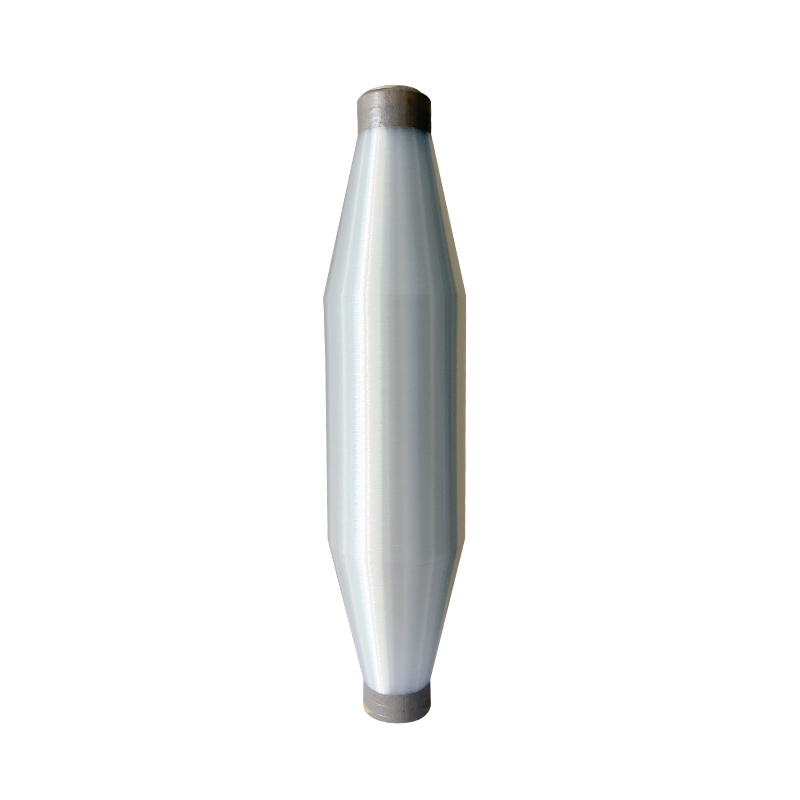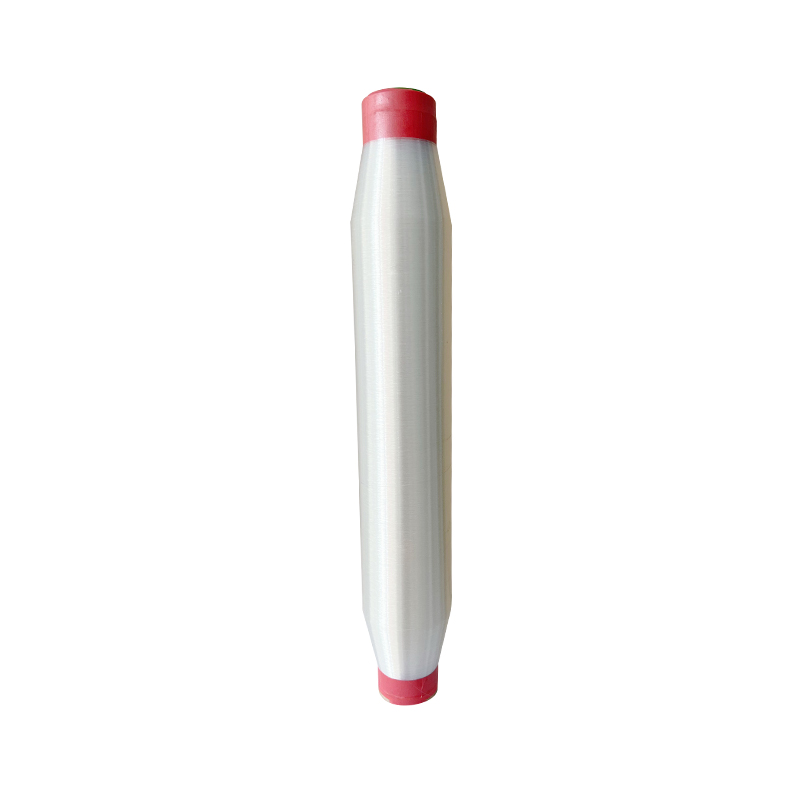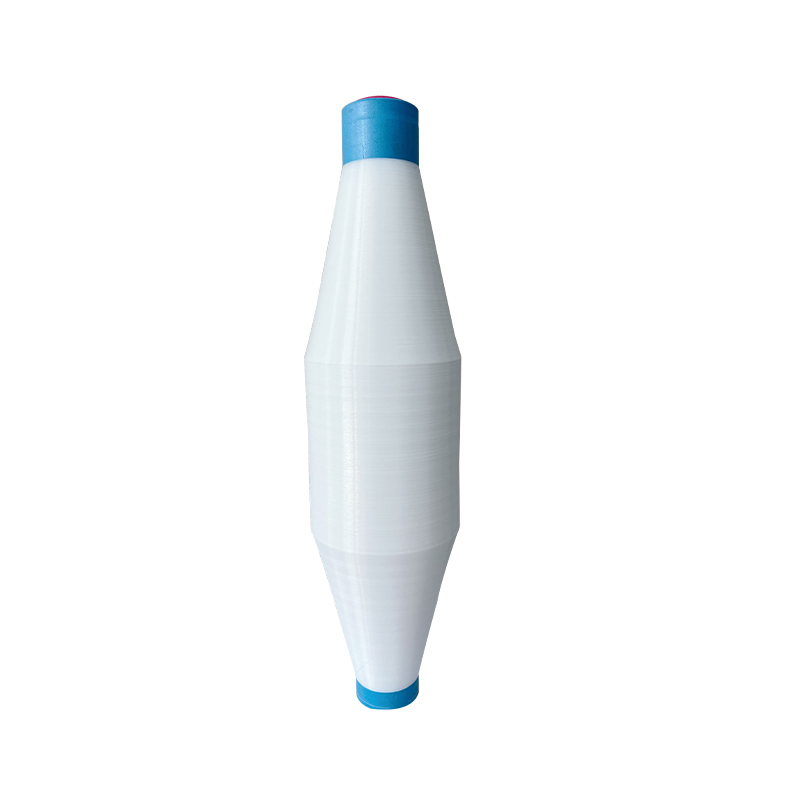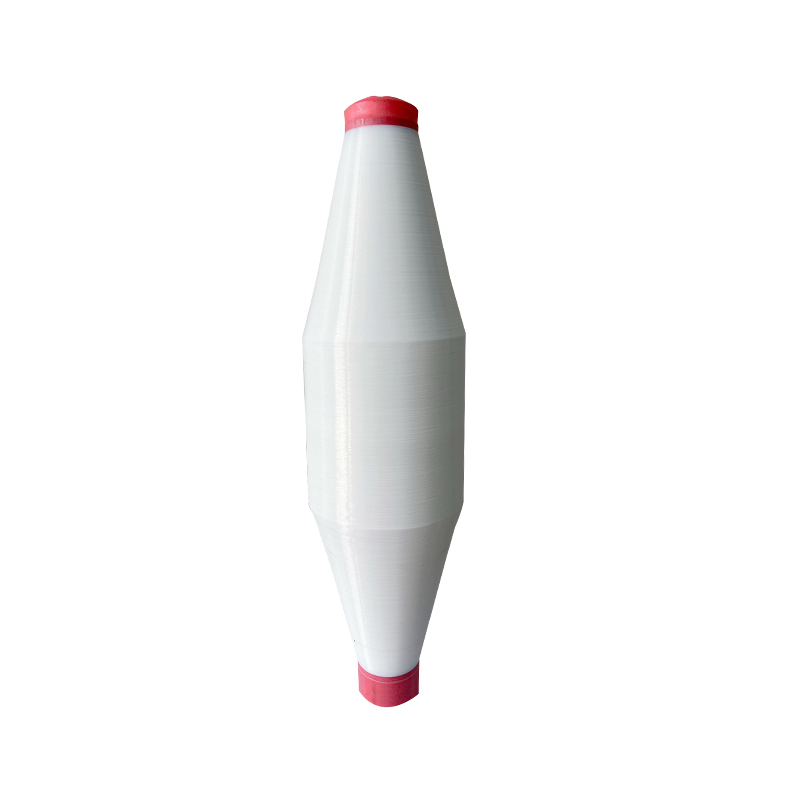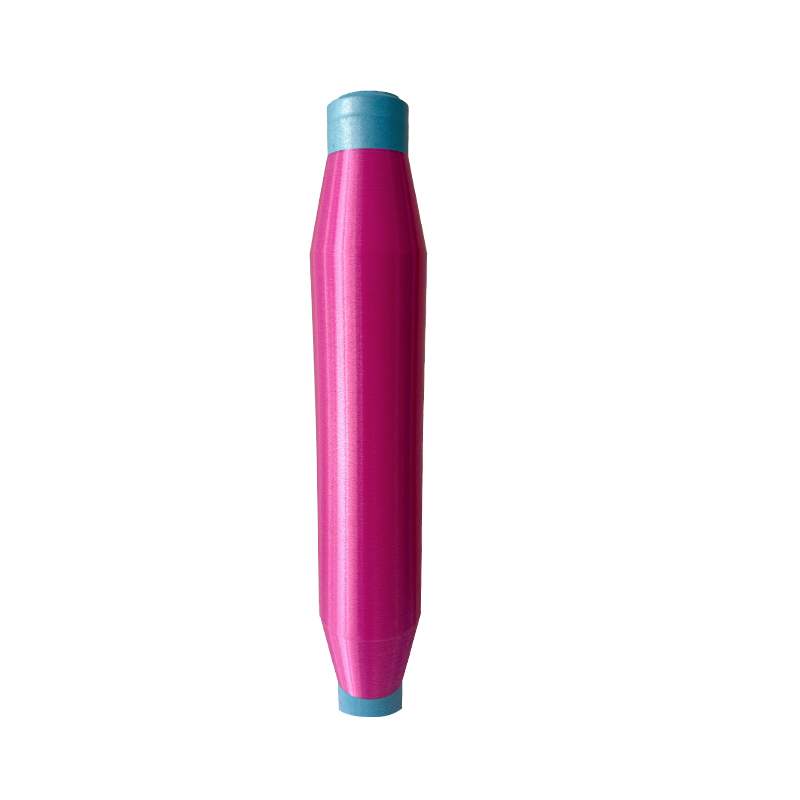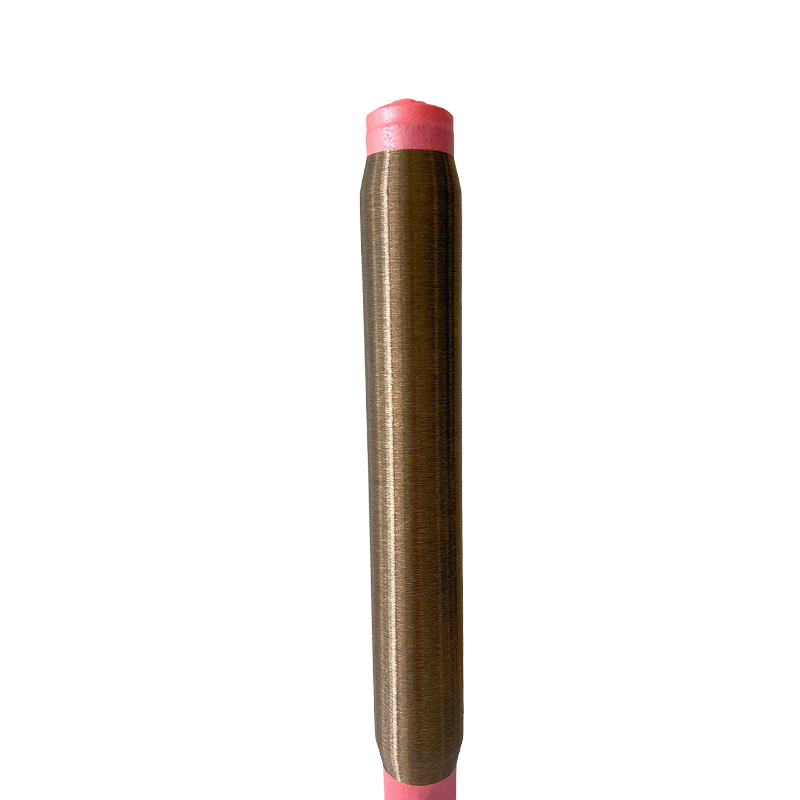How Polyester Monofilament Combines Strength and Style in Functional and Aesthetic Product Design?
In today’s highly competitive product development landscape, it’s no longer enough for materials to serve just one purpose—they must perform and look good doing it. Polyester monofilament has proven to be one of those rare materials that can meet both technical and design-driven expectations across multiple industries. Whether you're in industrial textiles, outdoor gear, or decorative applications, this single-yarn powerhouse has become increasingly valuable for its ability to deliver functionality while enabling modern aesthetics.
One of the reasons polyester monofilament yarn has made its way into so many innovative designs is its unique visual clarity and structural integrity. Unlike multifilament yarns, which often have a more fibrous appearance, monofilament offers a sleek, uniform finish that brings a clean and professional look to mesh fabrics, transparent linings, and molded textiles. This makes it ideal for applications where visual presentation is as important as strength—think storage bags, garden netting, or even techwear elements where minimalism and utility meet.
The functional benefits of polyester monofilament thread are equally compelling. It offers high tensile strength and dimensional stability, even in fine diameters, which means it maintains form under tension and resists fraying over time. For manufacturers creating netting, screens, or composite materials, this is a critical factor. The material also withstands moisture, UV exposure, and abrasion exceptionally well, making it suitable for both indoor and outdoor environments. In a world moving towards longer product life cycles, these features aren’t just convenient—they’re essential.
What truly sets this material apart is its ability to balance performance with design flexibility. The same polyester monofilament that’s used in heavy-duty filtration fabrics can also be engineered into lightweight, semi-transparent structures that serve a decorative function. Designers often appreciate how it holds its shape when heat-set, allowing for intricate yet stable patterns. This dual-purpose capability is why it's increasingly found in lifestyle products like breathable bags, ergonomic furniture, and architectural mesh installations.
From a production standpoint, the consistency in diameter and mechanical behavior across batches allows for reliable automated processing, an advantage not lost on industrial customers. Whether it’s being knitted, woven, or extruded into custom profiles, the uniformity of polyester monofilament yarn reduces waste, minimizes downtime, and enhances product repeatability. These are real operational benefits that can directly translate to cost savings and faster go-to-market timelines—something every forward-thinking manufacturer should care about.
At BAOYI, we’ve seen firsthand how customers across different sectors—technical textiles, packaging, landscape solutions—are leveraging polyester monofilament to innovate without compromising on form or function. We work closely with product developers to select or customize yarn specifications that match their precise visual and performance goals. It’s this combination of technical support and production expertise that helps bring functional designs to life and turn ideas into durable, attractive products.
Ultimately, the rising demand for multi-functional materials is not a passing trend—it’s a reflection of how modern product design is evolving. Polyester monofilament, whether in thread, yarn, or specialty formats, is one of the few materials that can meet this demand across such a broad spectrum of applications. For businesses aiming to stand out with products that perform and appeal, this yarn isn’t just a component—it’s part of the solution.




 English
English 中文简体
中文简体 Español
Español عربى
عربى

